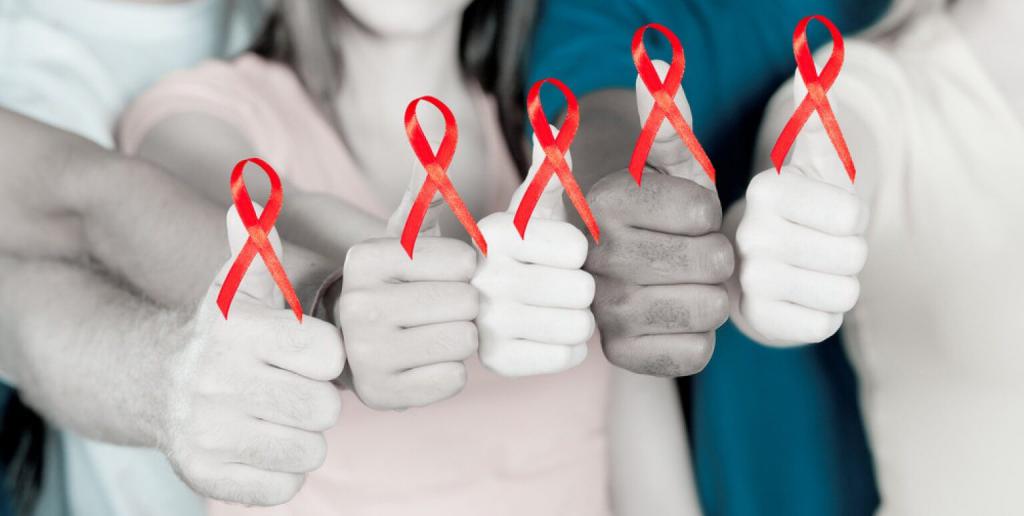According to statistics in the Russian Federation, the epidemiological situation is becoming more tense every year. A natural consequence of instability in society is the inexorable increase in the number of pathologies that belong to the group of socially significant diseases. The diseases included in it pose a threat to public health, which causes irreparable damage to society. Currently, in practice, effective treatment regimens for socially significant diseases are used. However, the fight against them implies the implementation of preventive measures.
Signs
Socially significant diseases include ailments that pose a threat immediately to a large number of people. Their distribution is associated with high mortality and even an increased crime rate.
Signs of a socially significant disease:
- Massiveness. Pathology is spreading rapidly among the population. As a rule, the actual number of cases is much higher than according to official data.
- High rate of annual increase in the number of affected people.
- A person cannot fully interact with society.
- The disease poses a danger to others.
- The nature of the pathology can be both infectious and non-infectious.
Currently, a list of socially significant diseases has been compiled and approved.

Relevance
According to statistics from the Ministry of Health of the Russian Federation, dangerous diseases spread mainly among young people. Ailments recognized as socially significant require not only complex treatment, but also long-term rehabilitation. Thus, over a considerable period, the state loses part of the working population.
The spread of socially significant pathologies is associated with high mortality and crime rates. Regarding the latter. Some young people do not want to receive support from the state, they believe that the death is near. In this regard, they begin to commit various kinds of offenses and crimes.
The Ministry of Health of the Russian Federation is seriously concerned about this situation. In this regard, new methods for the prevention and control of dangerous pathologies are regularly developed.

List of ailments
It consists of two sections. Clause 1 of the list of socially significant diseases includes dangerous pathologies that affect a large number of people, but do not pose a serious danger to others.
These include:
- Tuberculosis. The causative agent (Koch's wand) infects the lungs, intestines, or bone. The disease is contagious.
- Pathologies that are transmitted primarily through sexual contact.
- Hepatitis B. This is an inflammatory process that affects the liver. Active activity of the virus often leads to cirrhosis of the liver.
- Hepatitis C. The disease is severe. Mostly has a chronic form. Mortality from hepatitis C is growing exponentially every year.
- HIV Retrovirus infects the cells of the immune system. HIV is a condition preceding AIDS.
- Malignant neoplasms. In other words, these are cancerous tumors.
- Diabetes. This is a disease in which the production of the hormone insulin by the pancreas is impaired.
- Mental disorders.
- Diseases, the course of which is accompanied by a persistent increase in blood pressure.
The second section of the list lists mainly infectious socially significant diseases that pose a serious danger to others:

- AIDS. This is the final stage of HIV infection.At this stage, the immune system practically ceases to function.
- Viral fever. The transmission route is through arthropod bites. This group also includes the Ebola virus, which has claimed the lives of many people in recent years.
- Helminthic infestations.
- Diphtheria. An acute infectious disease that affects mainly preschool children.
- Sexually transmitted diseases with a high rate of infectivity.
- Leprosy. Pathology, in which there is a slow lesion of the skin, mucous membranes and upper respiratory tract.
- Malaria. The causative agents are mosquitoes. The disease is characterized by the occurrence of frequent episodes of fever.
- Infestations. They belong to the group of invasions. An example is tick bites.
- Melioidosis An infectious disease in which abscesses form in the internal organs.
- Anthrax. The source of infection are animals. Pathology takes several forms. Most often, damage to the skin occurs.
- Cholera. This is a gastrointestinal disease that poses a threat to life.
- Plague. Severe pathology of an infectious nature. It has an extremely high mortality rate.
These lists are approved in 2004.
Social reasons for the spread
The Russian Ministry of Health identifies the following provocative factors as the main ones:
- Low level of quality of life.
- Unemployment.
- Adverse environmental conditions.
- Small income from professional activities.
- Promotion of crime and unhealthy lifestyle by the media.
In addition, we should separately highlight the moral decline in society. An increasing number of people completely lack any values.

Diagnostics
With the identification of socially significant diseases, as a rule, there are no problems. Currently, modern laboratory and instrumental diagnostic methods are successfully applied in practice. With the timely appeal of the patient to a medical institution, all necessary measures are taken, including hospitalization.
A different situation is with diseases that are not characteristic of modern society. In some cases, doctors conduct a detailed examination and, based on its results, prescribe a completely ineffective treatment. This is due to the human factor - the weakening of vigilance and readiness to carry out emergency measures.

Ways to fight
The development of the latest treatment methods is ongoing. However, the main way to combat socially significant diseases is to increase the population’s level of knowledge regarding the epidemiological situation in the country. Currently, the main emphasis is on the dissemination of information.
Other ways to combat socially significant diseases:
- Improving diagnostic methods.
- Carrying out activities that shorten the rehabilitation period after treatment.
- Construction of specialized medical institutions, as well as reconstruction of existing clinics.

Prevention
As mentioned above, this is the main way to combat socially significant diseases. First of all, it is important to monitor compliance with sanitary and epidemiological standards in educational institutions. This is due to the fact that the spread of pathologies is characteristic among the young population.
The following measures also apply to the prevention of socially significant diseases:
- Improving the quality of life of the population.
- Motivation to switch to a balanced diet.
- Promotion of healthy lifestyles.
Currently, the incidence rate is extremely high. In this regard, it was decided to carry out activities aimed at reducing socially significant consequences. In particular, this ensures the interaction of the patient with society. Of course, if he has non-infectious pathologies.
In addition, work is ongoing to identify patients who prefer not to go to a medical facility.

Finally
Socially significant pathologies are ailments that pose a danger to a large number of people. The main reasons for their distribution among the population are considered to be a small income, low level of quality of life, adverse environmental conditions. In addition, the promotion of crime and an unhealthy lifestyle in the media plays a huge role. Currently, effective treatment regimens for socially significant diseases have been developed. In addition, preventive measures are ongoing.
